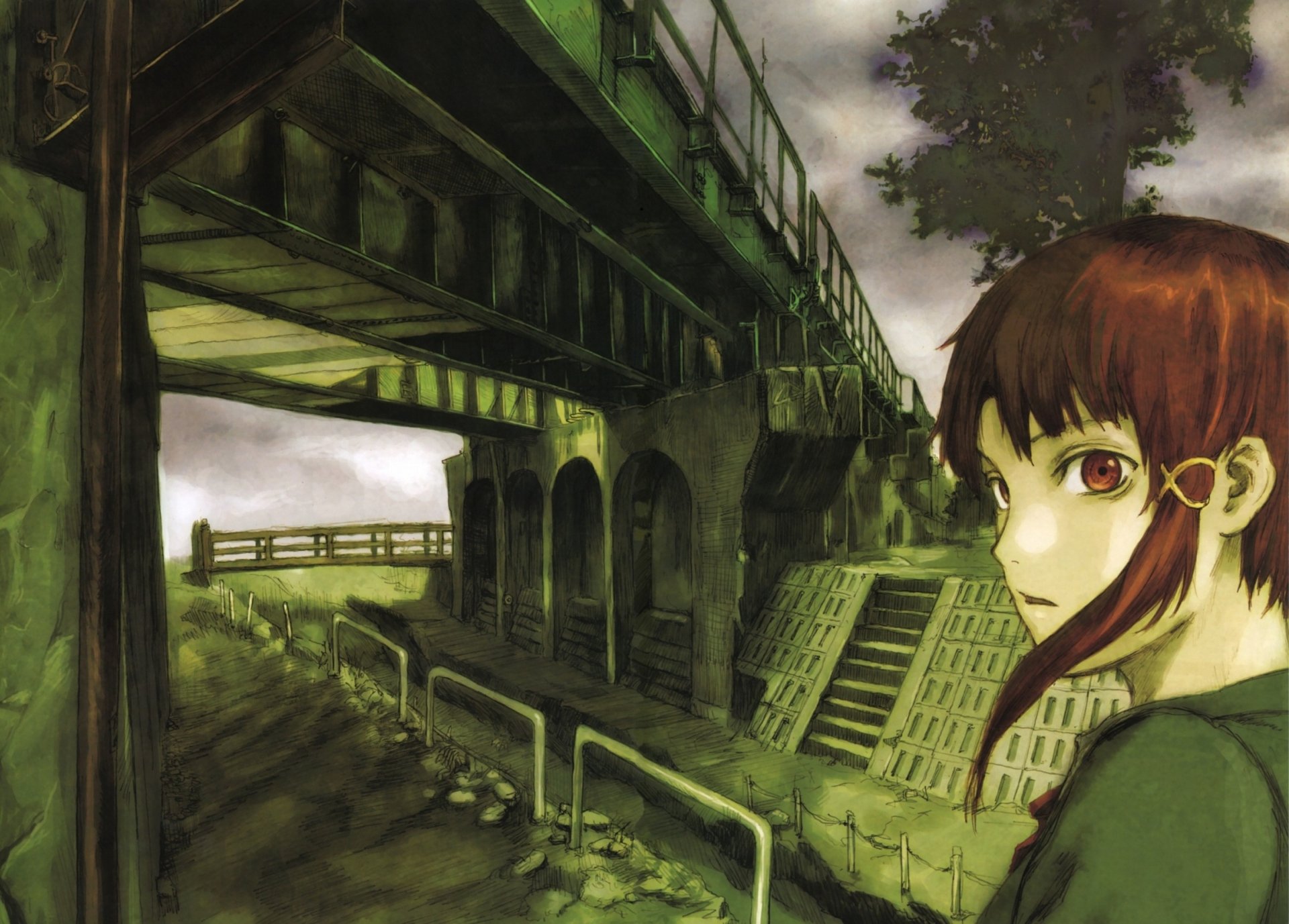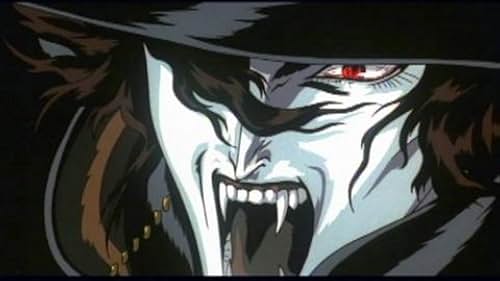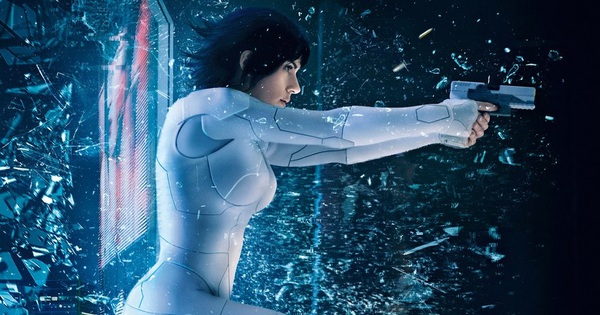Analyzing the Characters of Psycho-Pass: Complexities of Good vs. Evil
Psycho-Pass, an acclaimed anime series, delves deep into the complexities of morality, ethics, and the duality of good and evil. Set in a dystopian future where a powerful surveillance system, the Sibyl System, monitors the mental state of citizens to maintain order, the characters embody various interpretations of morality. The narrative challenges viewers to consider the implications of a society where one’s value is determined by mental health and potential for criminality, creating a rich landscape for character analysis.
The Ambiguity of Akane Tsunemori
At the heart of Psycho-Pass is Akane Tsunemori, a young inspector who grapples with her role within the justice system. Initially depicted as a staunch believer in the Sibyl System, her character evolves as she uncovers the moral ambiguities and failures of the system she serves. Akane’s journey personifies the struggle between blind adherence to authority and the quest for personal morals—she represents the constant battle between good and evil. Her interactions with other characters, particularly those who challenge the system, force her to reevaluate her beliefs and ultimately forge her own path. This complexity makes her a compelling protagonist, as her choices reflect the broader struggles within society regarding what defines justice.
Kougami Ginoza: The Enforcer with a Torn Morality
Kougami Ginoza, another pivotal character, adds layers to the narrative with his own interpretation of justice. As an enforcer, Ginoza operates within the confines of the law, yet battles with his internal demons and the loss of his own freedom. His character arc showcases the struggle to reconcile personal morality with societal expectation. Unlike Akane, Ginoza’s views become increasingly cynical as he recognizes the inherent flaws in the Sibyl System. His descent into a darker moral outlook serves as a commentary on the consequences of a rigidly defined sense of good. The tension between Akane and Ginoza highlights the series’ exploration of how one copes with the harsh realities of enforcing a morally ambiguous system.
The Villainy of Shogo Makishima
Contrasting Akane and Ginoza is Shogo Makishima, the philosophical antagonist of the series. Makishima’s character represents a rejection of the moral framework provided by the Sibyl System. He embodies the purest form of evil in that he operates without the constraints of any ethical ideology, focusing solely on his desire for chaos and intellectual freedom. His actions challenge the viewer’s perception of good and evil, propelling Akane and Ginoza into questioning their own beliefs. Makishima’s ability to manipulate others and instigate criminality for his greater goals accentuates the grey areas of morality found throughout Psycho-Pass, forcing characters and viewers alike to confront the nature of evil.
Conclusion: The Psycho-Pass shop – A Reflection of the Series’ Themes
In exploring the complexities of good and evil within Psycho-Pass, one can find captivating merchandise that embodies these themes at the “Psycho-Pass shop.” Products often feature the key characters, enabling fans to reflect on the moral dilemmas they represent. Items that showcase Akane’s determination, Ginoza’s turmoil, or Makishima’s defiance serve as reminders of the rich character development throughout the series. In many ways, the Psycho-Pass shop symbolizes the significance of these characters’ journeys, allowing fans to engage with the philosophical themes present in the anime. The characters’ struggles are not just entertainment; they invite us to ponder our own understanding of morality in a society that often blurs the lines between good and evil.






